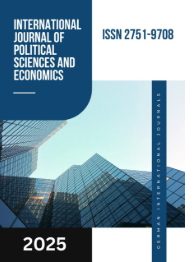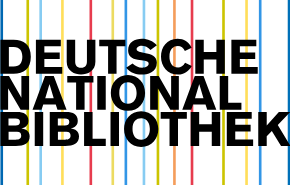ISSUES OF ELIMINATING PROBLEM LOANS IN MICROFINANCE INSTITUTIONS
DOI:
https://doi.org/10.55640/Keywords:
loan, microfinance organization, pawnshop, microloan, microcredit, problem loan, reserve, non-bank credit organizations, financial literacy, risk, collateral.Abstract
This article explores lending operations of microfinance institutions, highlighting the specifics of lending practices, the nature of problem loans, and their management in microcredit organizations. The study identifies the key causes of the increasing volume of problem loans and offers solutions and recommendations for their elimination.
References
1.Central Bank of Uzbekistan (2024), Financial Review of MFIs and Pawnshops.
2.Abdullaeva Sh.Z., Banking, Tashkent: Iqtisod-Moliya, 2017.
3.Omonov A.A., Qoraliyev T.M., Money and Banks, Iqtisod-Moliya, 2019.
4.Navro’zova K.N., Qoraliyev T.M., Accounting in Non-Bank Credit Institutions, 2014.
5.Tarasenko O.A., Khomenko E.G., Non-Bank Credit Organizations, 2019.
6.Yadgarova M.L. Problems of problem loans and their elimination in microfinance organizations. Uzbekistan Economic Bulletin, Issues 3–4 /2024.
7.Kurbanov, R. (2020). The practice of strengthening of resource base in private banks. International Journal of Economics, Commerce and Management, 8(3), 23485-0386.
8.Kurbanov, R. B. (2017). The role of deposits in strengthening the resource base of commercial banks. Экономика и бизнес: теория и практика, (4-2), 51-54.
9.Kurbonov PhD, R. (2021). Analysis of efficiency indicators of private banks activity. International Finance and Accounting, 2021(1), 11.
10.Qurbonov, R. (2019). THEORETICAL AND PRACTICAL ASPECTS OF THE FORMATION OF PRIVATE BANKS’RESOURCE BASE. International Finance and Accounting, 2019(5), 7.
11.Kurbanov R (2020). "Analysis of Financial Performance of Private Banks in Uzbekistan." International Journal of Psychosocial Rehabilitation 24.05 (2020).
Downloads
Published
Issue
Section
License

This work is licensed under a Creative Commons Attribution 4.0 International License.
Authors retain the copyright of their manuscripts, and all Open Access articles are disseminated under the terms of the Creative Commons Attribution License 4.0 (CC-BY), which licenses unrestricted use, distribution, and reproduction in any medium, provided that the original work is appropriately cited. The use of general descriptive names, trade names, trademarks, and so forth in this publication, even if not specifically identified, does not imply that these names are not protected by the relevant laws and regulations.







